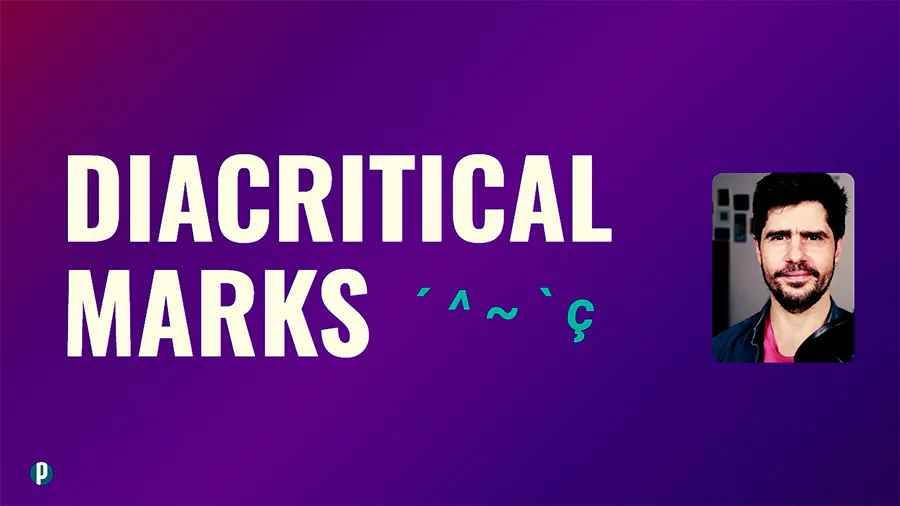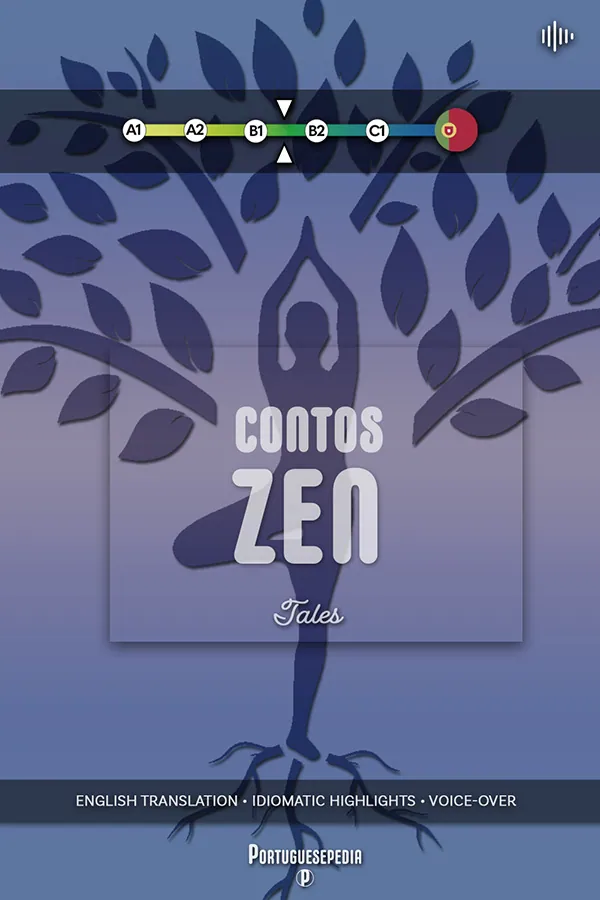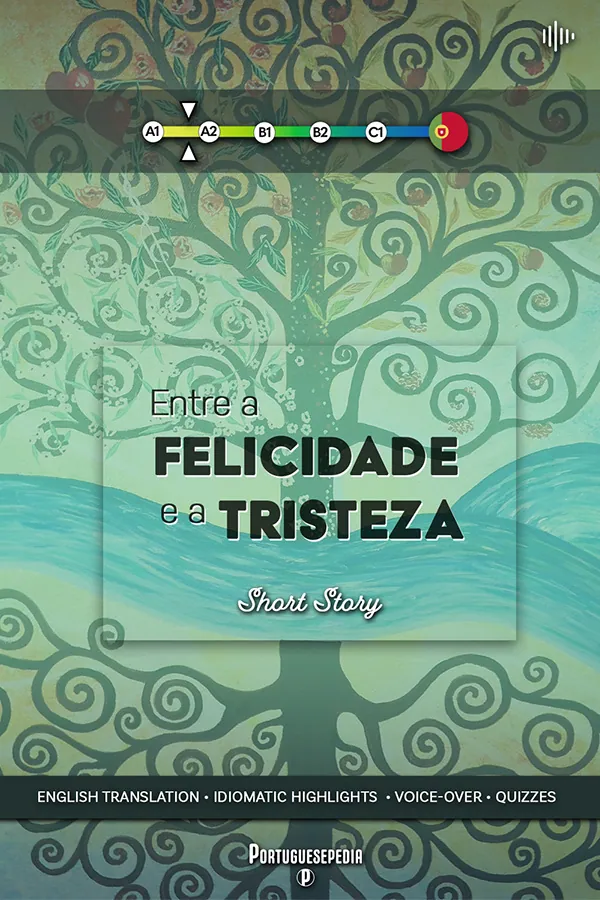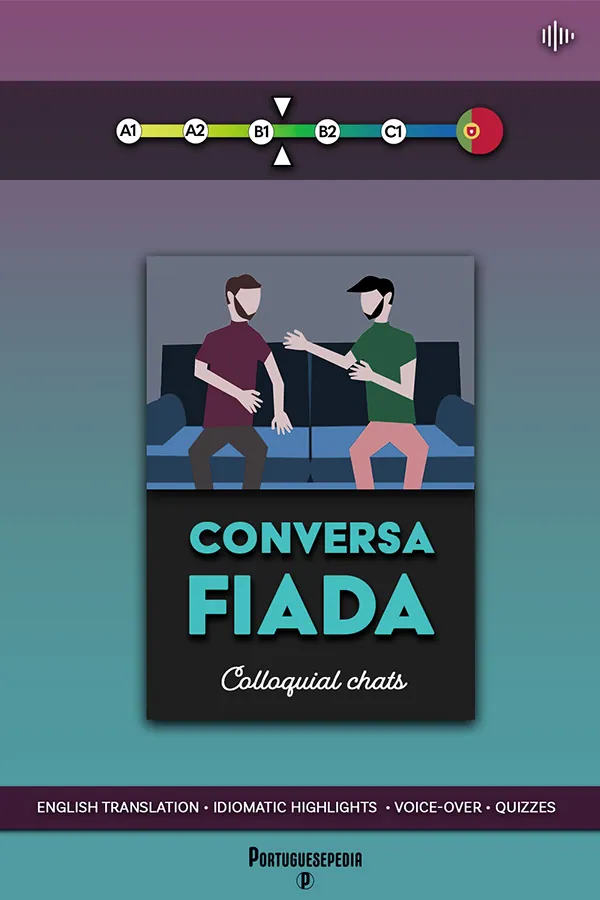Install Portuguesepedia’s WebApp directly from your browser. Here are the instructions for different devices:
Android Devices
- Open Chrome and navigate to Portuguesepedia.com.
- Menu: Tap the menu (three dots) in the top-right corner.
- Add: Select "Add to Home screen."
- Confirm: Tap "Add."
- Access: Find Portuguesepedia on your home screen.
Similar steps apply to Firefox and Microsoft Edge web browsers.
iOS Devices
Using Safari:
- Open Safari and visit Portuguesepedia.com.
- Share: Tap the "Share" button (square with an arrow).
- Add: Scroll down and tap "Add to Home Screen."
- Name: Edit the name if desired, then tap "Add."
- Access: Find Portuguesepedia on your home screen.
Using Chrome:
- Open Chrome and navigate to Portuguesepedia.com.
- Menu: Tap the menu (three dots) in the top-right corner.
- Add: Select "Add to Home screen."
- Confirm: Tap "Add."
- Access: Find Portuguesepedia on your home screen.
Windows Devices
Using Edge:
- Open Edge and visit Portuguesepedia.com.
- Install: Click the "Install" icon in the address bar or go to the menu (three dots) > "Apps" > "Install this site as an app."
- Confirm: Click "Install."
- Access: Find Portuguesepedia in your Start Menu or Desktop.
Using Chrome:
- Open Chrome and navigate to Portuguesepedia.com.
- Menu: Click the menu (three dots) in the top-right corner.
- Install: Select "Install [Portuguesepedia]."
- Confirm: Follow the prompts.
macOS Devices
Using Safari:
- Open Safari and go to Portuguesepedia.com.
- Add: Click the "Share" button > "Add to Home Screen."
- Name: Edit the name if desired, then tap "Add."
Using Chrome:
- Open Chrome and visit Portuguesepedia.com.
- Menu: Click the menu (three dots) in the top-right corner.
- Install: Select "Install [Portuguesepedia]."
- Confirm: Follow the prompts.
- Access: Find Portuguesepedia in your Applications folder.
Linux Devices
Using Chrome:
- Open Chrome and go to Portuguesepedia.com.
- Menu: Click the menu (three dots) in the top-right corner.
- Install: Select "Install [Portuguesepedia]."
- Confirm: Follow the prompts.
- Access: Find Portuguesepedia in your app launcher.
Using Firefox:
- Open Firefox and navigate to Portuguesepedia.com.
- Menu: Click the menu (three lines) in the top-right corner.
- Add: Select "Add to Home screen."
- Confirm: Click "Add."











![Dip #91 Ainda [adv. tempo] - Portuguesepedia](https://www.portuguesepedia.com/wp-content/uploads/2024/05/Dip-91-Ainda-adv.-tempo-Portuguesepedia.webp)











